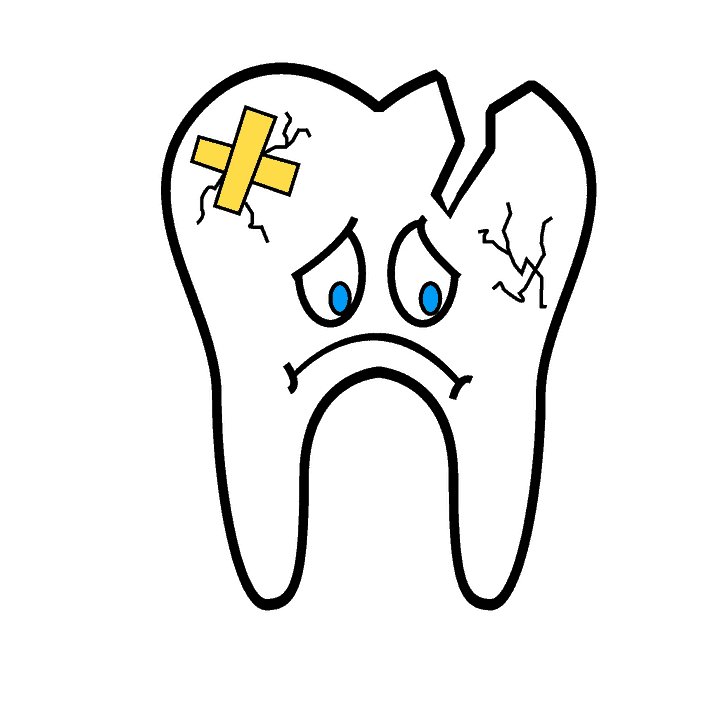Cavities can be the beginning of a range of dental conditions including tooth decay and gum disease. They also result in a patient needing a filling or a dental crown. Practicing good oral hygiene greatly lowers your risk of developing cavities, but there are many other factors that can affect whether or not you are more prone to this decay.
How are Cavities Formed?
Dental caries is the term used for the infectious disease that creates cavities. Caries is the biofilm-induced, acid demineralization of the teeth. This process causes the enamel of the teeth to break down, creating holes (cavities) in the surface of the tooth.
However, caries require the correct conditions to start demineralising a tooth. The pH levels in your mouth have to drop below 5.5, and stay at this low level for a period of time for a visible cavity to form. But what causes the pH levels in your mouth to drop?
Factors that Contribute to Cavity Development:
Food
Diet greatly contributes to the pH levels of your mouth. Caries-causing organisms love sugar as it their primary source of energy. As caries consume and excrete sugar left on the teeth or in the mouth from sugary foods, the sugar becomes lactic acid, which causes cavities.
It may not even be the amount of sugar you consume, but the frequency of exposing your teeth to sugar that has a big influence on whether or not organisms thrive in the mouth. Controlling the amount of sugar you consume in a day will impact whether or not these organisms survive and multiply to change the pH balance of the mouth.
Saliva
Saliva is the mouth’s natural cleanser and fighter of bacteria. When you have a healthy saliva flow and composition, the surfaces of your teeth are cleaned of sugars, acids caries-causing organisms, which maintains the mouth’s pH balance. If you have habits that cause bad breath or dry mouth, such as smoking, you are at greater risk of shifting the pH balance and developing cavities.
Dental Hygiene
As stated above oral hygiene, which includes brushing and flossing twice a day, helps keep caries and demineralization under control. Poor dental care allows caries-causing organisms to thrive undeterred, changing the pH balance in the mouth, and eventually creating cavities.
The shape of our teeth can also either aid or hinder the development of caries and the effectiveness of our oral hygiene routine. Deep grooves on the surface of teeth make perfect places for food to become trapped and caries-causing organisms to flourish. These deep grooves are also more difficult to clean, so the caries will most likely not be removed when the teeth are brushed.
Organisms
One of the contributing factors has to do with the caries-causing organisms themselves. Organisms, such as Mutans streptococci, have been found to be the primary culprits in causing caries. However, there are different strains of these organisms with different levels of impact. This means some people who are infected with a species of caries-causing organism may not develop cavities. Therefore, it is not just the amount of caries present, but the specific strain of organisms that determines who might get cavities.
These factors and many more, such as medication and genetics, contribute to the development of cavities. Although some factors are more controllable than others, the best way to ensure good dental hygiene and prevent cavities is to regularly visit your dentist.


Recent Comments